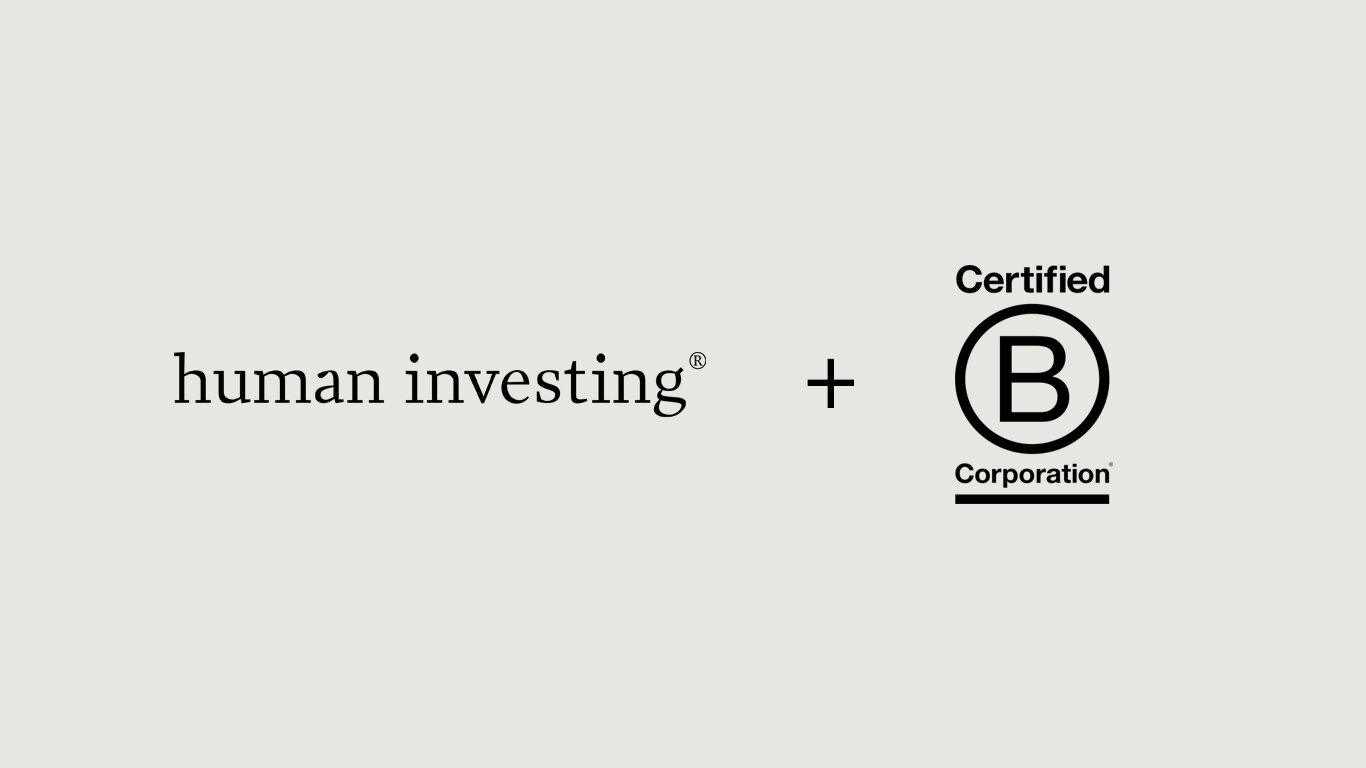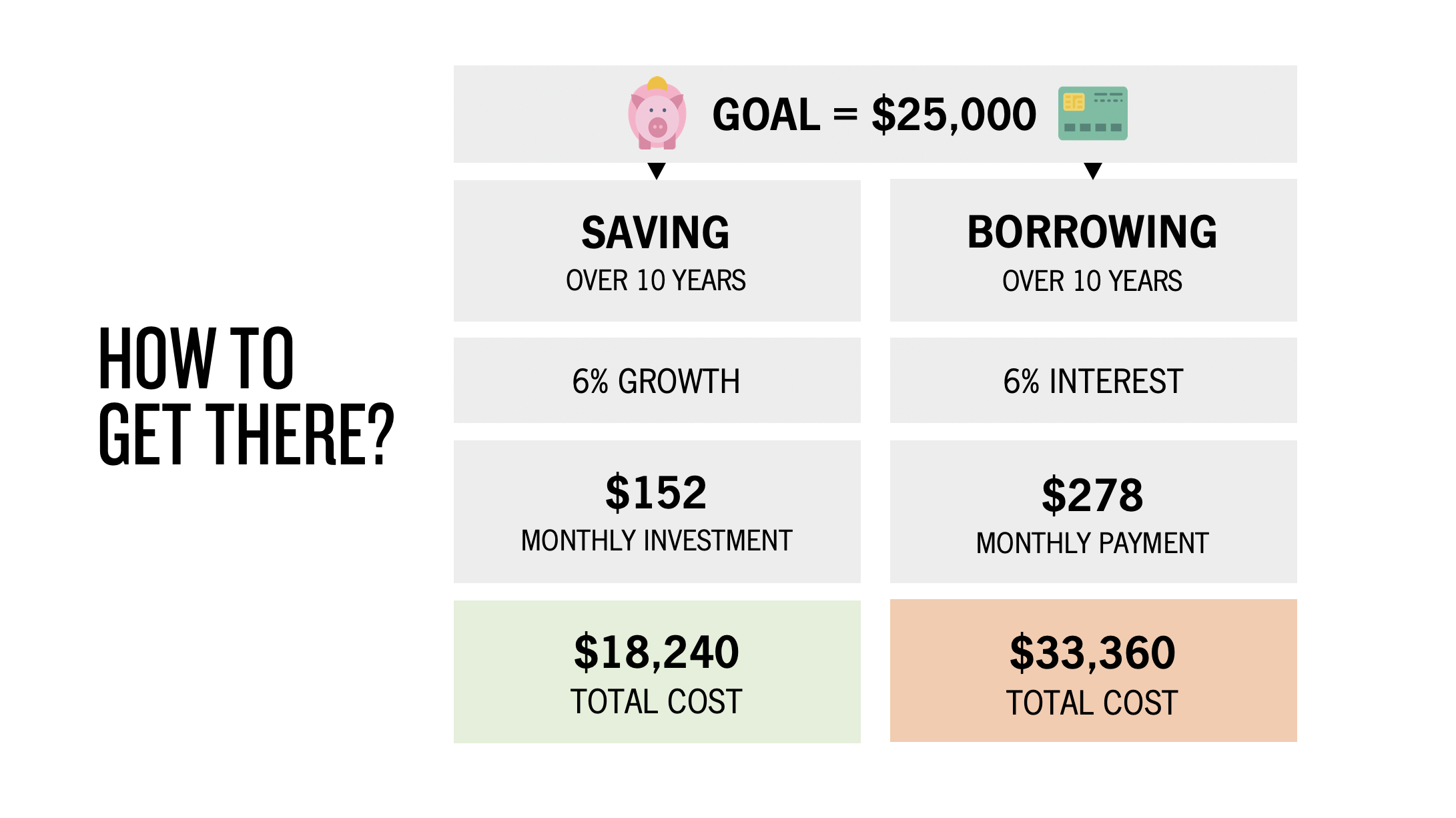“You need to make more money…”
My budget coach and I sat there silent in the face of what seemed like an impossible reality.
For me, and perhaps for some of you, the option to make more money was laughable. At that life stage, I was in the midst of a financial tornado: our nation’s economy was hung-over from the market crash of 2008, my employer at the time lost a grant that substantially reduced my paycheck, and an unexpected illness and injury lead to weighty bills and rendered additional work next to impossible.
Each month I felt like I was scraping up pennies just to make ends meet – Maybe some of you feel the same today.
Unavoidable realities like a job loss, illness, injury, and accidents are financial burdens that most of us will face at some point in our life. The support of a funded emergency savings account is a solid way to ease some of the financial blows that come our way.
I am happy to report that, though it took some time and sacrifice, I was able to meet my “impossible” goal to have a funded emergency-savings account, and I would like to share with you some of the helpful tips I learned along the way.
organize where your dollars are going
There is a link between paying attention and success, so consider paying close attention to where your dollars are going. List all purchases, spending, and expenses for the month and ask: What, When, How Much and Why are dollars leaving my account? What are the “surprise” expenses? Take a moment to consider needs vs. wants.
Next, (you may have guessed it—and even groaned) consider making a budget. If you hate dealing with money or do not even know where to start, there is HOPE! There are many creative ways to budget that do not take a lot of time or effort but help you to pay attention and stay on track.
If you don’t have a budget consider: YNAB; Mint; Cash Envelope System (or digital); The 50/30/20 method, value-based budget, or unconventional alternatives such as a visa cash card loaded weekly/monthly with your budgeted amount. I found success with the 50/30/20 method combined with the envelope system.
If you do have a budget, look closely at the How Much and Why. Consider setting a goal to check on your spending and expenses once a week and ask: How am I doing? What can I change to improve?
Open a Savings Account and Set Goals
This is not just wishful thinking – it is preparing to succeed. Many financial institutions will allow you to open a savings account simply and easily online.
Here are a few recommended examples for high yield online savings:
For most households, an appropriate emergency-savings buffer is three-months of your living expenses. Write it down. Take a moment to imagine that amount and how you will feel when you meet your goal.
Set a goal: Ask your employer about directing a portion of your paycheck directly to your savings account. An alternative is to set monthly, automatic transfers from your checking to your savings account. It is generally best to have this occur the day after payday to give your funds a day to settle.
Setup auto-deposits: This also may help with large, annual bills. Take your annual bill and divide it by twelve – this is how much you need to save every month to pay for this bill outright – Plus, you may actually save money when you pay in full!
Boost your savings when that “Free Money” comes your way
You just got your tax return. You just got a stimulus check. Your grandma just sent you a birthday card. Your company gave you an unexpected bonus.
Your heart, your peers, and your social network cheer: Treat yourself!
It is easy to think of unexpected cash as “free money.” Yet if your goal is to build up an emergency savings fund, “free money” is a great way to get a big boost. To satisfy that itch to have a treat, consider making a deal with yourself: I will set aside 20% (or $20, or whatever you feel you can stick to) into my savings account, and the rest I can use for a treat.
If you plan for your treats and stick to your plan, you gain a double reward.
hustle and Ask for deals
While it may not be a benefit to bundle in services you will not use, it is a wise idea to call your service providers to ask about unadvertised promotions. Our household was able to keep our high-speed internet bill at $30/mo for nearly 5 years by calling once a year to ask about current promotions, specials, and loyalty rewards. This annual phone call saved a total of $240 per year.
Tighten Your budget’s Belt
Unsubscribe: Do you know how much you really spend on your subscriptions? Look at your credit or debit card statements for a few months and see what you find. Often, we sign up for a free month trial and forget to cancel, we don’t notice the $50 because it’s billed annually, or we don’t actually use what the subscription offers.
Take what is free: Did you know that most libraries have free audio, video, and eBook apps? Did you know that Harvard offers a whole range of classes for free?! As you make good choices about reducing your subscriptions, consider taking advantage of the huge range of free courses, events, activities, and entertainment.
Dine-in: Eating out is to your budget what driving a semi-truck is to fuel efficiency: a drain. Your budget will stretch further on fewer dollars when you eat at home. Consider leveraging the percent principle noted above – Make a goal for eating at home so that eating out becomes a treat. Don’t know how to cook? Learning can be easy! Or fancy! Hate cooking and think you don’t have time? Cooking can be simple!
Every little bit counts: One of the key-ways dollars sneak away from our wallet is thinking, “It’s only $10 a month” or “Three-dollars won’t go very far” – Perhaps it’s just the cost of your morning coffee. If the only thing you do is make your coffee at home, you stand to save approximately $800 a year or more. And look closely: that’s only one cup of coffee a day!
Make it fun: There are dozens of ways to save money and even have fun while you’re at it! Here are a few to get started: Staycation! Be a Winner! Grocery Wins! Become a Hunter! Up-Cycle! “Use it up, wear it out, make it do or do without…” – Calvin Coolidge
CELEBRATE THE LITTLE VICTORIES
I hope this has given you some practical steps and encouragement to begin an emergency savings account for when life, inevitably, happens. In closing, I want to offer the most powerful tool you have: Hope.
“Success is failure turned inside out—the silver tint of the clouds of doubt.” - John Greenleaf Whittier







































































































